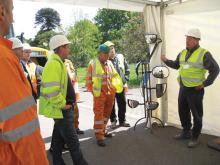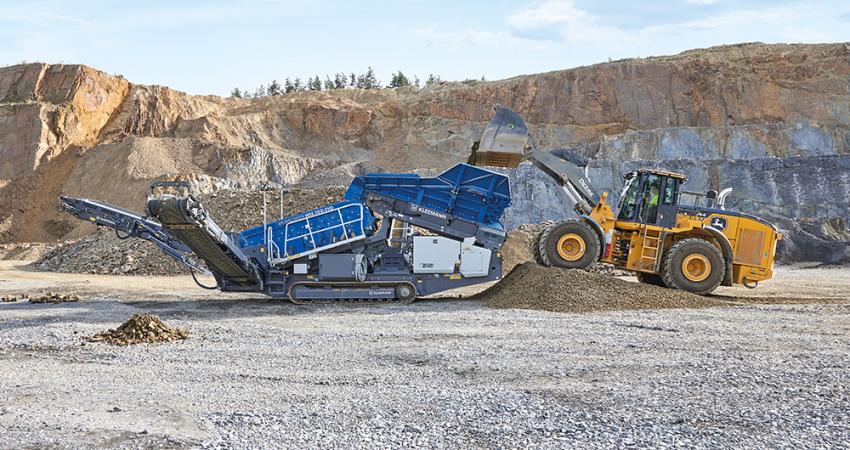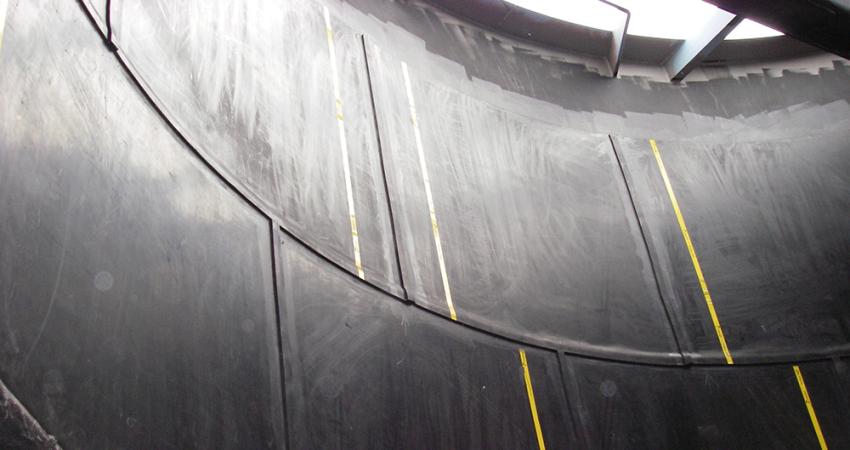
Wearing protective equipment cannot prevent accidents but it plays a key role in reducing the severity of injuries
The ultimate aim of almost every quarry operator is to achieve a zero accident rate but unfortunately not every site manages this aim and this is where personal protective equipment becomes essential. Ensuring the workforce is properly equipped can make the difference between an accident causing life-threatening injuries and minor injuries.
Providing the right personal protection equipment (PPE) calls for careful risk assessment and selected equipment must be checked to ensure it is suitable for the application. But the responsibility for PPE does not end with the supply of the right equipment by the quarry operator. It is essential that equipment is properly maintained and stored, employees understand how it works and also correctly use it.
Despite the added protection offered by specialist equipment, some workers still see it as cumbersome and try to avoid wearing it putting themselves at greater risk than is necessary.
In most regions in Europe the level of personal protection equipment (PPE) required in quarry operations is set by national legislation. But many international quarry operators, such as
While the aim may be to provide the same level of protection across all sites, the step change from PPE required under local legislation to new higher standards can be a huge change. Many quarries have found that it is a challenge to get people to change habits and adopt new ones and training has been an essential part of the transition.
TRAINING
The training process must ensure that anyone using PPE is aware of why it is needed and when it should be used but they must also understand its limitations and when it needs to be repaired or replaced. Employees need to be trained so that they know how to fit and adjust PPE so that they know how to use it properly in order to benefit from it.
Regular checks on the use of PPE should also be carried out to make sure that it is being used and investigate any reasons why it is not. Use of signs on site as reminders of what PPE is required in different areas of the quarry can also help promote continued use of equipment.
With the emphasis placed on continued use of PPE, it is important that replacement equipment is always available to the workforce. The quarry operator also has a responsibility to ensure the PPE supplied works in combination so that safety glasses or ear defenders can be worn comfortably with a hard hat, for example.
NO EXEMPTIONS
Because PPE is the last resort after other methods of protection have been considered, it is important that users wear it all the time they are exposed to the risk. Never allow exemptions for those jobs which take 'just a few minutes'.








